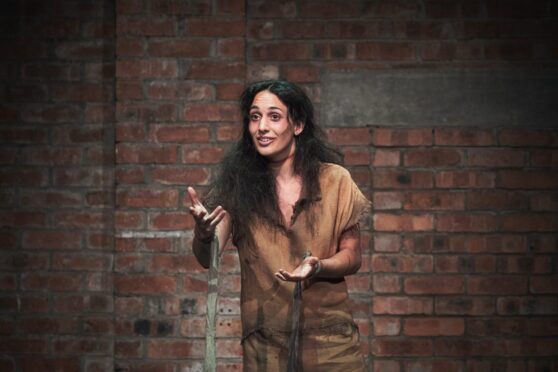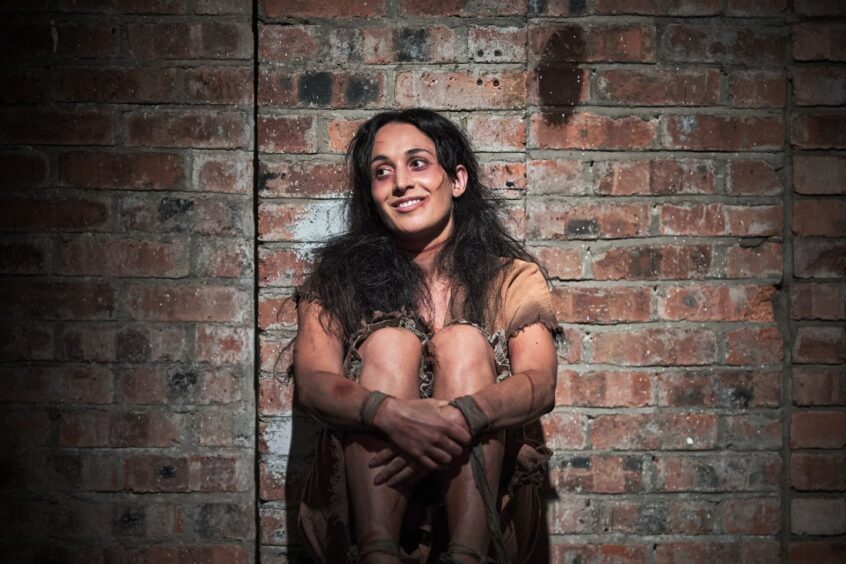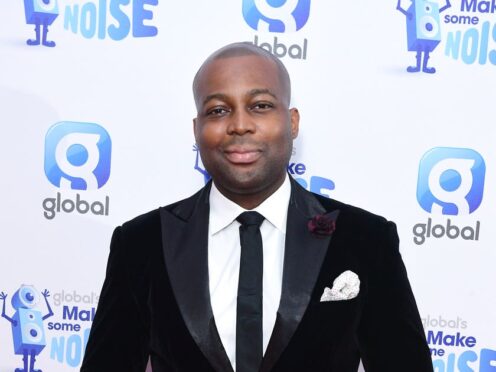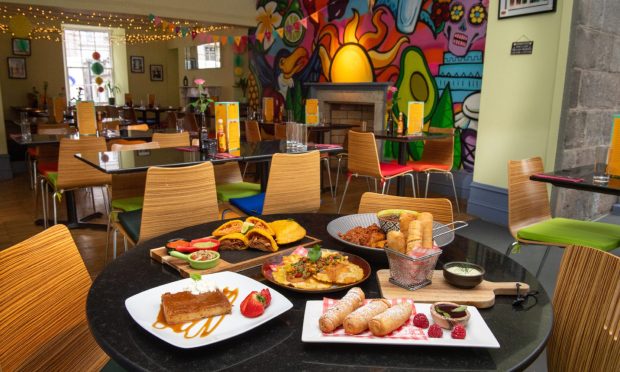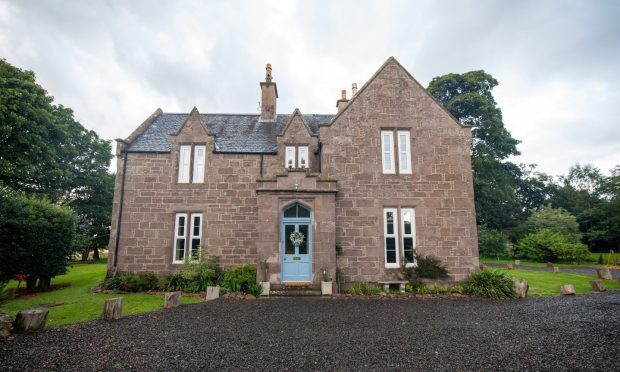Taking its inspiration from a monument of the same name The Maggie Wall is set for the Eden Court Theatre in Inverness.
“The Maggie Wall is a brand new piece of writing, a one-woman show, 55 minutes straight-through,” says Amy Liptrott, director of Aberdeen Arts Centre and of the new production of Martin McCormick’s play.
“It’s already been in front of audiences, reviewers liked it and thought it was very timely. Already, you’re onto a deal-breaking winner.”
The play itself centres on a powerful, heart-breaking performance from Blythe Jandoo in the title role of Maggie Wall.
It’s not known who Maggie was or if she was even a real person, but the play takes inspiration from a monument near Dunning in Perthshire, which is known as ‘The Maggie Wall’ – a cairn of stones bearing the mysterious motto “Maggie Wall burnt here 1657 as a witch.”
‘Maggie tells us her truth’
From there, McCormick has imagined her life. “Just before she’s burnt as a witch, Maggie tells us her story,” explains Liptrott of the work.
“How she and her mam have always been seen as different, having to hide their religion, how her father came from afar, how others are jealous of her beauty. There’s a lot of hiding in The Maggie Wall.
“Maggie tells us her truth, of how she dreams about the laird’s son, and how her neighbours have turned on her. Across the centuries I think her story rings as clearly now as it did when the persecution of the witch trials was happening in Scotland.”
The play was originally conceived, says McCormick, as a half-hour ghost story, as one of three such pieces in the same production.
Pitlochry Festival Theatre’s artistic director Elizabeth Newman commissioned a version he calls “a treatise on fear of the unknown”, but when an actor pulled out at the eleventh hour, it was cancelled.
Yet Newman liked what he had written and asked him to develop it into a full play.
“At the time I was devastated, I’d spent all that time writing and thought I was never going to see it,” says McCormick of the initial cancellation.
“It ended up being the best thing that could have happened.”
‘It’s a macabre place’
After the warm reception for last year’s production it returned to the stage in Pitlochry this year, while Liptrott – who worked at Pitlochry before taking up her current role in Aberdeen – has brought it to her current venue and organised a mini-tour, including this date in Inverness.
McCormick hopes the piece might have even more life, potentially as a Fringe production, or touring outside Scotland to other places where witch trials were held.
“There’s a lot of evil attached to the Maggie Wall monument,” he says. “It’s a macabre place, people visit it and leave these strange Wiccan totems, and Ian Brady and Myra Hindley were known to have visited it in the ‘60s, there’s photographic evidence. It’s very strange, and it’s on my doorstep, so that drew me to it.
“There were missing gaps that allowed me the freedom to fill in the human story and make it relevant to today, but just as I was commissioned to write the full length play, the Sarah Everard case happened.
Timeless themes
“It was thematically interesting that these women were targeted and persecuted as witches by the establishment, and Wayne Couzens was an employee of the Metropolitan Police. I saw parallels there, questioning whether we can completely trust the establishment with the safety of women.”
This play is a period piece from centuries ago, but its themes are timeless – which is the real tragedy.
“I hate plays that bash you over the head with a nice, synthesised, quaint message,” says McCormick, “but I feel a responsibility as a father of two young sons to tell this story, that this is what women in society still face. Even though 400 years separate Maggie Wall and the tragedy of Sarah Everard, it’s still a resonant and relevant theme. Not just a theme, but something that’s real.”
The Maggie Wall is at Eden Court Theatre, Inverness, on Thursday, October 26 got to eden-court.co.uk for more information.
